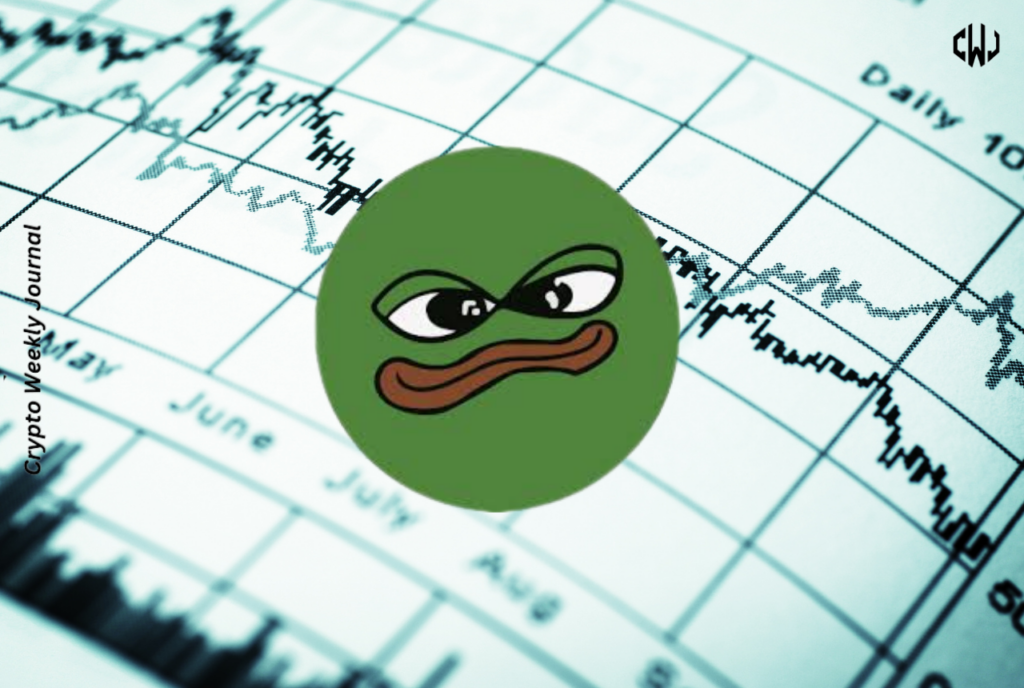- Bitcoin’s correlation with U.S. equities hits a two-year high, driven by Federal Reserve’s recent rate cuts and macro trends.
- Ethereum’s gas fees rise to $45M, but $79M in ETF outflows signals investor uncertainty despite its price surge.
- Crypto markets increasingly align with traditional finance, with Bitcoin leading and Ethereum showing mixed signals.
Bitcoin’s increasing link with US equity markets has become the focus, influenced by macro drivers including the Fed’s recent actions. Since the interest rate cuts affected many markets, BTC rose above $64,800 and copied the moves of US stocks. This rising link shows that the legacy financial markets are gradually impacting the cryptocurrency space

Bitcoin and Ethereum mirrored the stock market’s response after the U.S Federal Reserve reduced interest rates last week. Bitcoin is now more closely linked to US equities than at any time in the past two years, partly due to current macroeconomic factors. As more cuts are anticipated, the market is now looking forward to the next actions of the Federal Reserve.
Bitcoin Leads, Ethereum Wavers
Ethereum, which also enjoys these rate cuts, displays certain ambiguity. Gas fees on the ETH network have risen to $45 million, the highest level seen since June 2024, indicating high usage. Nevertheless, price appreciation that took ETH to $2,680 did not send positive signals to Ethereum ETFs as the funds witnessed massive outflows with $79 million being withdrawn – the largest outflow since July. This outflow shows that investors are still not fully convinced about the future of Ethereum, while the price is rising.
Also, Ethereum derivatives market is looking good as funding rates are going up. This means that investor sentiment is shifting to the positive side as Ethereum fails to get the same attention from the traditional financial world as Bitcoin does.
Also, the performance of Bitcoin also indicates its better correlation with U.S financial systems as opposed to other cryptocurrencies. Specifically, the PBOC made an economic policy that includes cutting reserve requirements and repo rates, but the price of BTC did not surge a lot, which indicates that it is more sensitive to the changes in US policies.
With the correlation between Bitcoin and the S&P 500 rising, and the Federal Reserve policies influencing both crypto and conventional markets, there is a new trend emerging – dependence on conventional market trends. Although Ether has been positive with the increase in fees and positive sentiments, the outflows from the Ethereum ETF indicate the investors’ apprehension. The integration of the crypto and traditional financial systems remains an ongoing process, and Bitcoin remains at the center of the process.



